Singapore win! Asia’s official capital of cool

Roula Khalaf, Editor of the FT, selects her favourite stories in this weekly newsletter.
It feels like déjà vu: back in Singapore, back to unpacking the topic of whether the buttoned-up country might be poised to emerge as Asia’s new capital of cool. Singapore’s presumptive rise as a destination in its own right – worth travelling for, rather than just transiting through – has been touted more than once in the past 15-odd years. In 2009, the catalyst was the city hosting an F1 night race and a concert, F1 Rocks, with Nobu Matsuhisa dispatching nigiri to VIPs in the pit and Beyoncé as a headline act. In 2013 it was a critical mass of chefs, mixologists and cultural venues with international talent behind them; in 2017, a similar set of addresses, all created by Singaporeans. Each time there was a groundswell of local enthusiasm, with creative types and Tourism Board officials labouring to lend substance to the “Singabore no more!” claim. And each time, out on the still-pretty-snoozy Singapore street, it was, if not quite failure to launch, also never quite the zeitgeist combustion everyone hoped for.
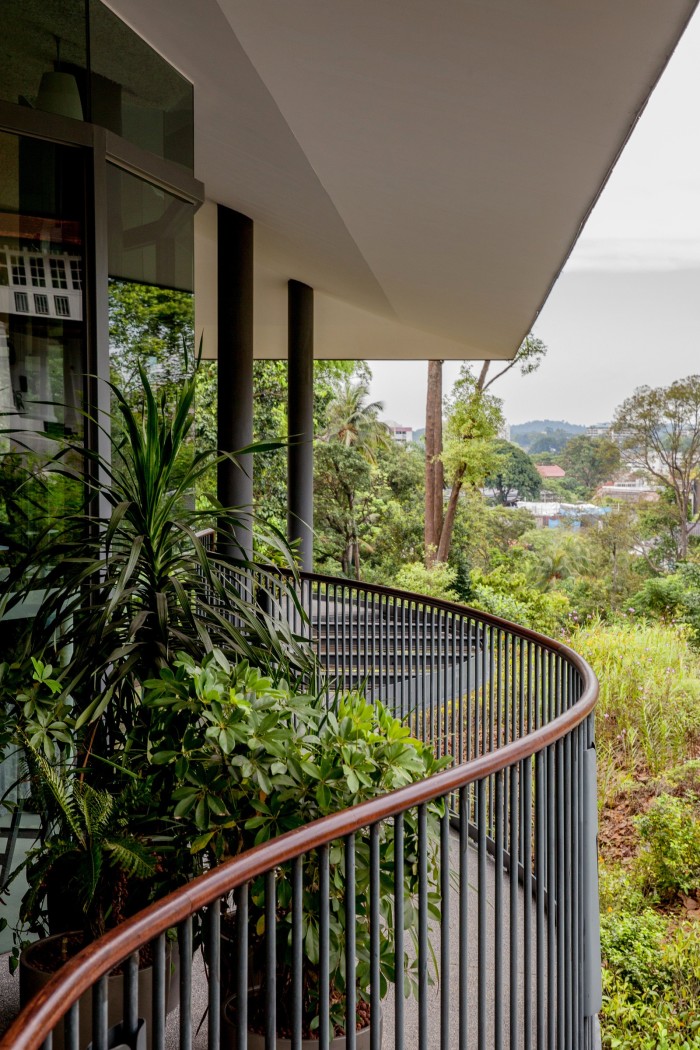

Now there’s renewed speculation that this staid island nation of 5.5 million might be having a(nother?) moment; but this time spurred in part by outside forces – regional business shifts and the geopolitical machinations of Singapore’s powerful neighbour, resulting in influxes of people, and wealth, from both Hong Kong and mainland China. FT reports estimate that more than 800 family offices have been established since the end of 2021; 2022-23 saw around 500 Chinese family offices, private-equity firms and wealth managers open or redomicile. (Singapore has already long been a base for UHNW residents from neighbouring Indonesia, Malaysia and the Philippines.) Meta, Google and Apple all have their Asia-Pacific HQs here; some Hong Kong-based banks are relocating senior staff; blockchain and tech start-ups abound. The new expats – and the scads of capital they bring, along with the odd pearl-pink Bentley – are a favourite topic of conversation. (Likewise the city’s skyrocketing rents: friends talk of being pushed out of central neighbourhoods by rent hikes, while newly arrived mainlanders sign $100,000-a-month leases on penthouse flats and the city’s sought-after black-and-white colonial houses. In April, the government announced it would double its tax on private property purchases by foreigners to 60 per cent, in a move to cool a housing boom that has in part been driven by buyers from mainland China.)
Do the decoupling and diversification up there really account for cultural shifts down here? Culture in general, whether grassroots or institutional, is still one of Singapore’s more persistent challenges. The two factors collided in January at the inauguration of ART SG, the contemporary fair created by The Art Assembly, the team behind Art HK (now Art Basel Hong Kong). More than 160 galleries – both big names (Gagosian, Lehmann Maupin, White Cube, David Zwirner) and boutique stars such as the Paris-founded Almine Rech and Belgian-based Xavier Hufkens – convened at Marina Bay Sands Expo & Convention Centre, with an estimated 43,000 international art enthusiasts and powerhouse regional collectors. “You had some heavy-hitting galleries, which is a good indication of their belief in the market,” says Singaporean art adviser Talenia Phua Gajardo, whose company, The Artling, has both corporate and private clients across the Asia-Pacific region. “They’re not unrealistic; they know it’s not ‘do a booth and they will come’ – they need time to build networks. The goal was to position Singapore as a hub for connecting with regional collectors, and [those collectors] were all here. And the stuff in the peripheral programming was high-quality, which was gratifying to see.”
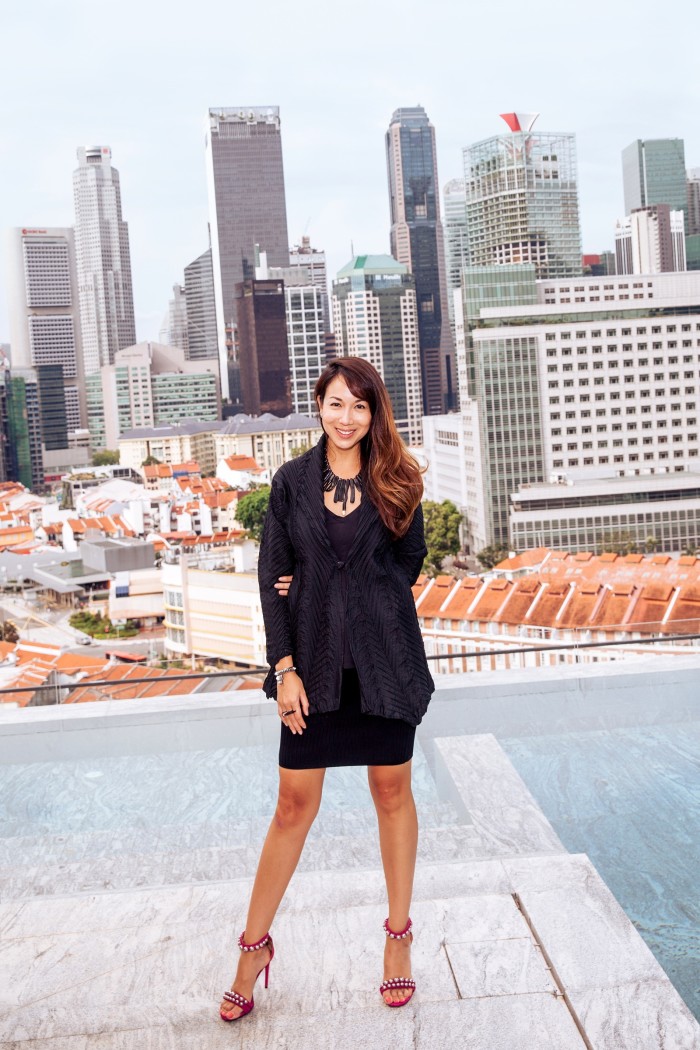

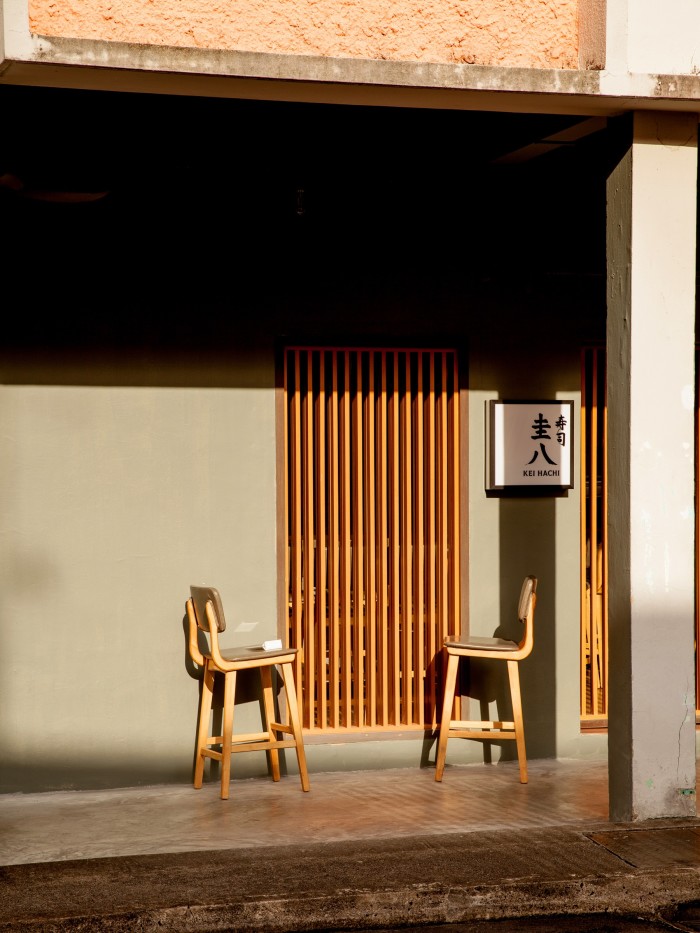
Art-world acquaintances posted on social media from SEA Focus, the south-east Asian contemporary art‑curation platform spearheaded by STPI Creative Workshop & Gallery (one of the city’s few internationally renowned arts venues), and from SAM, the Singapore Art Museum. This year, both of them were at Tanjong Pagar Distripark, a multistorey complex at the edge of the water that has in the past two years been emerging as a new arts cluster in its own right: SAM moved into new premises here in 2022, and the site already houses a handful of galleries.
There were also party shots from off-fair venues, exhibiting degrees of glamour and even a bit of raucousness that looked downright un-Singaporean. “I just felt there was something different,” says Alan Lo, the Hong Kong-born restaurateur, food-tech investor and philanthropist – he’s the co-founder of Duddell’s in his home city – of the energy during the event. Lo moved his family to Singapore during the pandemic, trading Hong Kong’s bristle of towers and peaks for Singapore’s fewer, and newer, ones, their sides sometimes furred with vertical greenery; the weaving shophouse-lined streets of Chinatown and Tanjong Pagar, incense still floating from the odd TCM purveyor lodged between two cocktail bars; and its justifiably world-famous 200-acre Botanic Gardens, where wizened qi gong practitioners trace arcane shapes in the air next to tabard-clad bootcampers from Melbourne or Leeds, amid broad-leaf mahogany and tembusu trees.
Lo intends to divide his time going forward: “Maybe it has to do with the fact that we’ve seen an influx of new people, whether from the mainland, or all the crypto guys, the tech and VC scenes that have also obviously been growing too. Whatever it was, it’s no longer the sleepy island state that it used to be – it’s more diverse, and dynamic. The pace is still slower than Hong Kong, but you don’t need that intensity all the time.
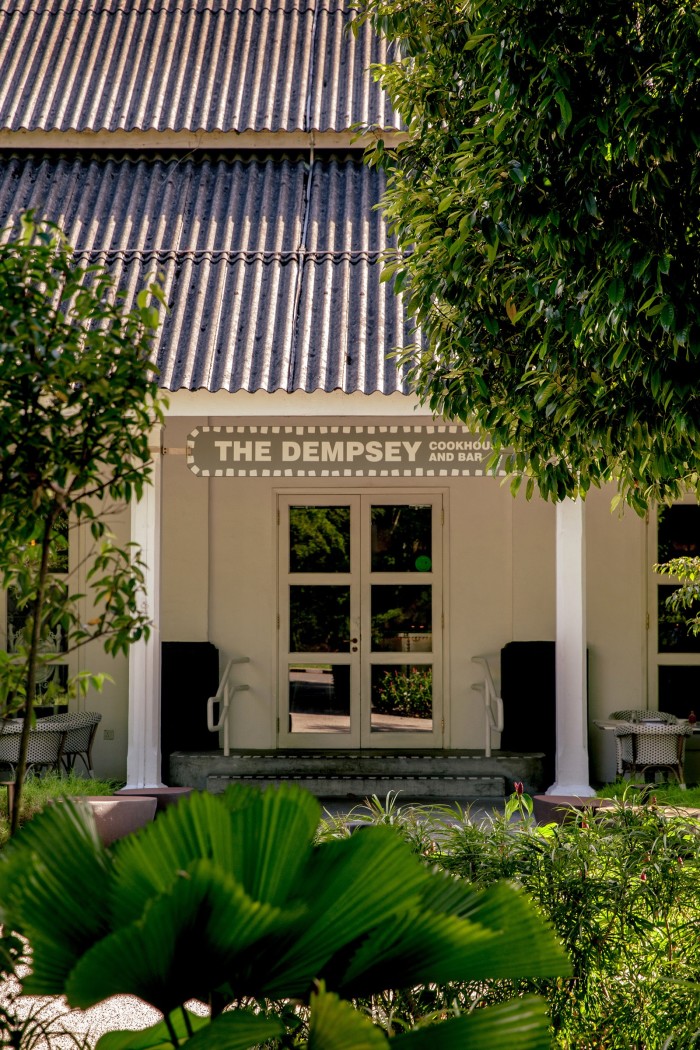
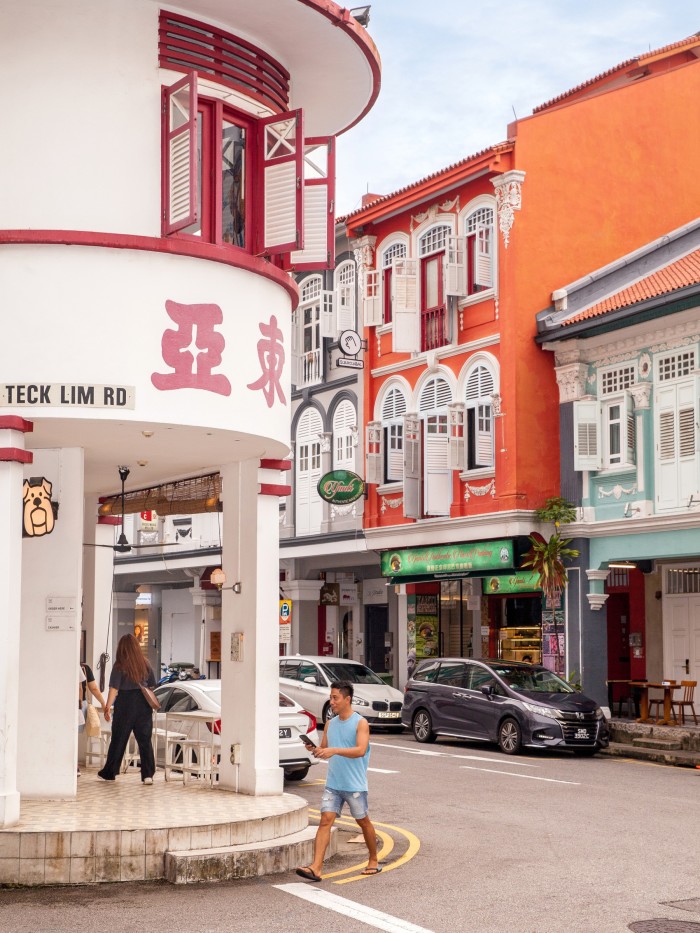
“And of course, the food scene.” Yes, that. Eating, drinking and nightlife (albeit a tame interpretation thereof) are where the city hit its stride some years ago. Ask a cocktail impresario anywhere in the world which Asian capital is on their radar, and Singapore is likely to be it. Breweries and distilleries now operate alongside homegrown bar concepts, many of them gorgeously designed: from classics such as 28 HongKong Street and Jigger & Pony to Atlas (with its 26ft gin “tower”), Junior The Pocket Bar (named for the teeny-weeny dimensions of its space on Ann Siang Hill), and buzzy newcomers Underdog Inn and Sago House. Singaporeans and the expats who call the city home love a tipple, and they love the new. Not for nothing did exclusive London wine club 67 Pall Mall choose Singapore as the site of its third location last year (and what a location: the 27th-floor flat overlooking Orchard Road formerly belonging to legendary film producer Runme Shaw; the room that was allegedly his bedroom is now known as the “Naughty Corner”).
In the restaurant world, “you’re seeing that ‘adding to the local tapestry’ thing a lot in food and drink”, says Wee Teng Wen, founder of The Lo & Behold Group. Wee has helped to create some of the city’s favourite addresses: Odette, the modern fine-dining venue, took home the “number-one in Asia” kudos at the 2019 San Pellegrino World’s Best awards. (His wife, Dawn Ng, is one of Singapore’s few internationally collected and represented artists; a large installation of her work graced the National Gallery Singapore’s atrium during the Fair.)


“Chefs are reviving old histories, old recipes,” he continues – and doing innovative new things with them. He and Alan Lo both cite Malcolm Lee, a young local who made his name reinterpreting the homey Straits-Chinese dishes of his childhood at a restaurant called Candlenut. Last year Candlenut’s business partner, Christina Ong (she of COMO hotels fame), also backed Lee’s new venture, Pangium, in a stunning space overlooking the city’s Botanic Gardens. “It’s Straits fine degustation – tasting menus done in a way no one else has,” says Wee.
Singaporeans have COMO’s Ong to thank in part for the evolution of Dempsey Hill, the leafy colonial army barracks-turned-lifestyle destination off Holland Road. Not that Singapore’s urban critical mass is ever especially overwhelming, the clingy humidity notwithstanding; but Dempsey has always been a shady, sedate reprieve atop its hill off Holland Road. Plane trees, their trunks covered in ferns, spread wide, dappled shade over green lawns between the barracks buildings, whose red-tiled roofs and whitewashed colonnades cast a faint bygone-era energetic shadow. Its cafés, shops and restaurants have historically been of varying quality but enduringly popular with the city’s Anglo-Euro expat community (for every wagyu burger or margarita joint, a fancy kids’ clobber boutique). Since about 2012, however, Ong has been upgrading in calculated increments. She partnered with Jean-Georges Vongerichten on The Dempsey Cookhouse & Bar, in the same barracks that holds Candlenut; London’s Dover Street Market is now in the one across from it. Culina, her cushy bistro-traiteur – already a Dempsey stalwart for some years – was fitted into larger, slicker premises alongside her other venues. Grandiflora, Sydney’s famous floral designers, now has a kiosk. The whole is known as COMO Dempsey, and has become a destination in its own right.


The halo effect has drawn other names. Australian chef Dave Pynt’s unique carnivore-centric take on modern American barbecue at his restaurant, Burnt Ends, has a diehard following in Singapore and beyond (and earned him a Michelin star). Last year he moved the restaurant’s Chinatown digs to a spectacular – and 10 times larger – space in Dempsey: all wood cladding, bold hanging lights, gleaming copper details and a long, long dining bar. “So much money has poured into Singapore,” Pynt says. “The volume of people who come through your door… they’re quite casual here, you know, but they’ve got budgets.”
Important multinational lifestyle hotel brands are betting on these budgets. The Standard and Edition Hotels groups have planted flags in the vicinity of mall-lined Orchard Road; both will open by early 2024. Talk on the ground has it that Ennismore’s The Hoxton has been in talks about a site in Jalan Besar, east of the CBD (a neighbourhood described by one local friend as “the Shoreditch of Singapore, such as that is”). Raffles reopened in late 2019 after a two-year, multimillion-pound renovation, and has never been better: all its verandas, spinning fans and four-poster-bed charms intact, but with showcase-y new bars and restaurants, a huge spa and glittering public spaces. A second Raffles, this one a resort, is being developed amid the yacht clubs and tony apartment complexes of Sentosa Island, off Singapore’s south coast.
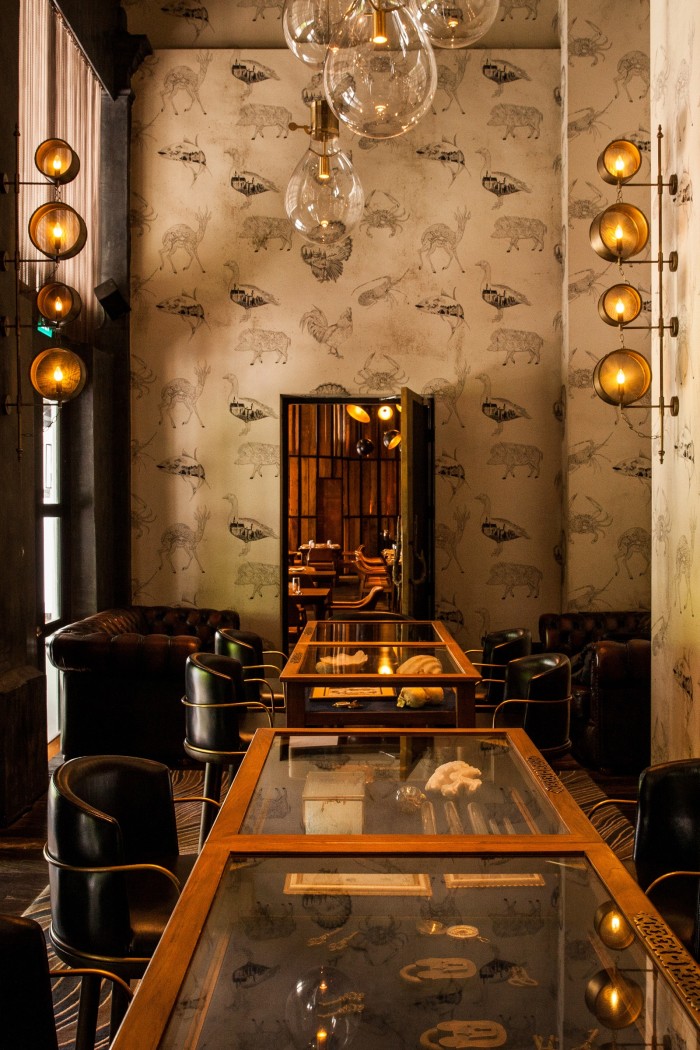
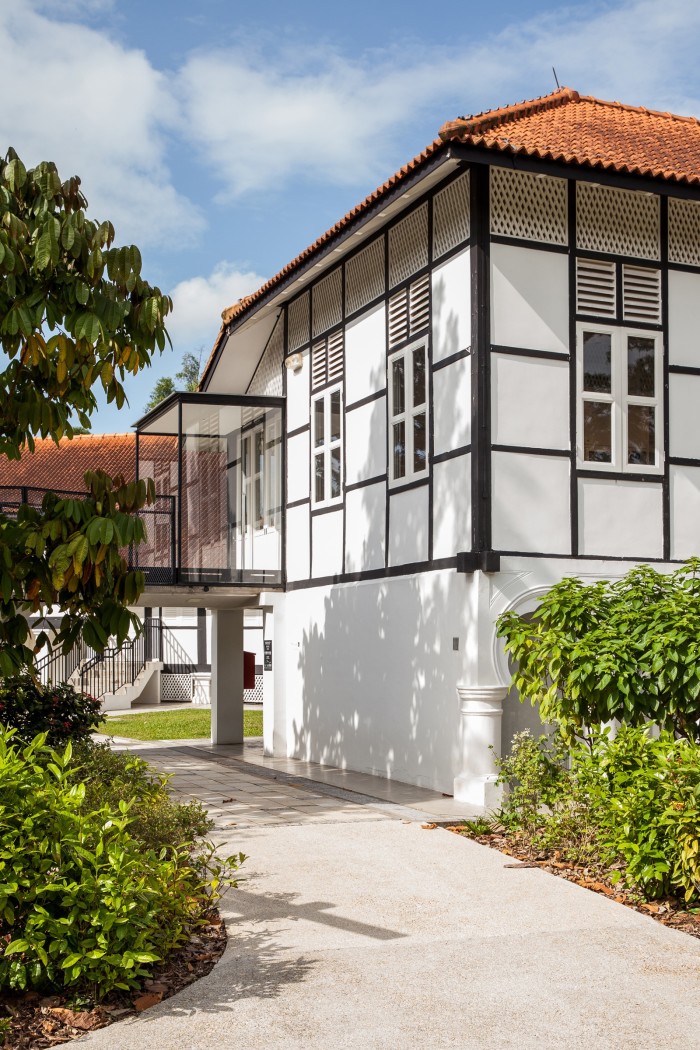
The Artling’s Gajardo, meanwhile, is busy installing the art collection she was commissioned to create for the Mondrian Singapore Duxton. The new-build tower rises 13 storeys above Tanjong Pagar, a Chinatown-adjacent neighbourhood of weaving, shophouse-lined streets, small parks and fragrant temples that is historically one of Singapore’s primary nightlife hubs; an ace location, in other words. When it opens next month – with 302 rooms and suites, multiple restaurants and bars, a rooftop pool, and art by the likes of Ian Davenport and Andre Wee adorning its walls – the Mondrian will offer experiences that tie guests into the culture of the surrounding streets: hawker centre deep-dives, cult cocktail bars and small museums.
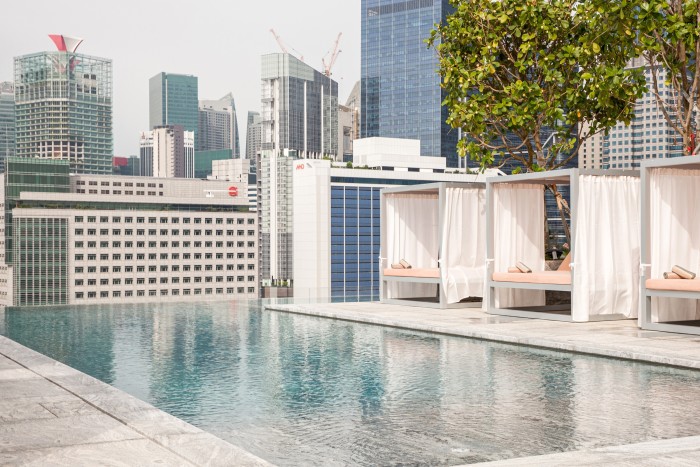

Lo & Behold’s Wee is already a hotelier; the Group opened the 37-room Warehouse Hotel, in a listed former go-down (local vernacular for a shipping warehouse) that was once a discothèque, in 2017, and it remains one of the city’s cooler stays. These days, he’s contending with co-living spaces, which are part of the company’s most ambitious project to date: the redevelopment of a former girls’ school, a full 230,000sq ft of empty space near Robertson Quay, a street or so away from the Singapore River. “The scale is kind of scary,” he admits with a smile. “But it goes back to what we do as a group, which is always about filling the gaps in the lifestyle ecosystem.” When it’s finished – some time next year, Wee reckons – the site will include boutiques with local designers and makers as tenants, a few curated eating and drinking outlets (of course), and an art exhibition and education space in the old hall. Lo & Behold will operate a couple of these restaurants; the rest are tendered out. “There are so many great local creatives and entrepreneurs – in retail, wellness, design – who are just completely off the radar,” Wee says. “Most don’t fit into the mall thing, which is still the primary retail platform, so they’re dislocated all over the city. The idea is to bring them together.
“I’m excited about this neighbourhood,” he says earnestly, warming to a topic he knows more about than most Singaporeans. “It’s a good expat mix; it’s equidistant between Orchard Road and the CBD. But it’s very under-served. Because most of the F&B runs along the quay, there’s no nucleus; we want to create that nucleus.” Worth revisiting the city in a year’s time again, then – déjà vu or no.

Comments